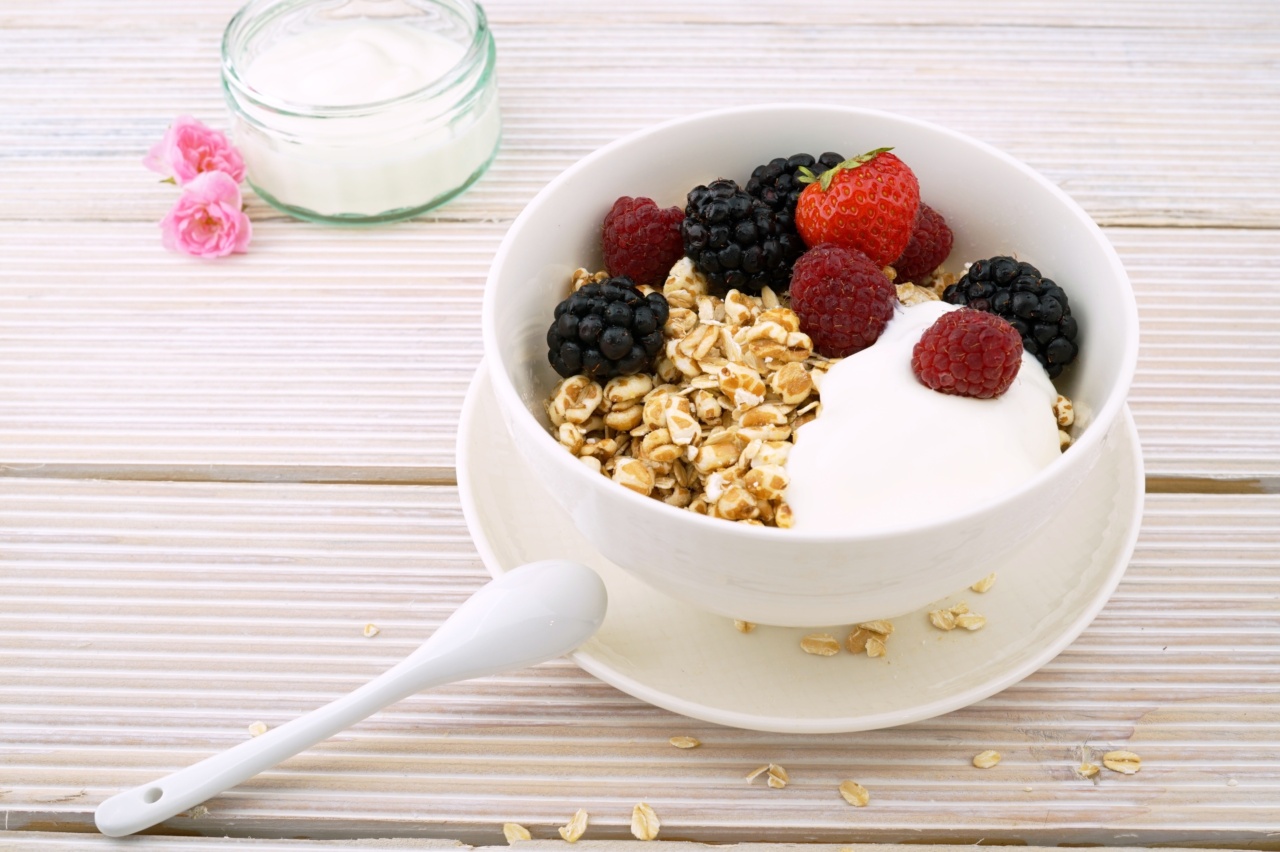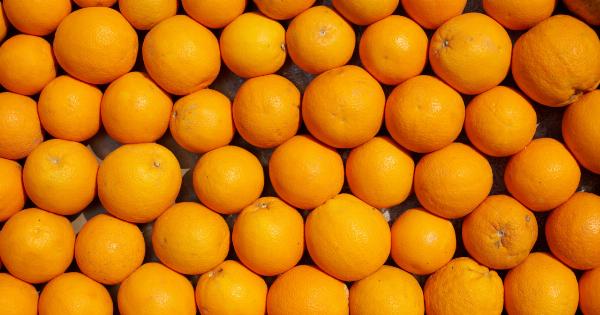As a parent, you want to ensure that your child is consuming a healthy and nutritious diet to promote growth and development.
Milk is an essential component of a child’s diet, providing them with valuable nutrients such as calcium, vitamin D, and protein. However, when it comes to introducing fresh milk into your child’s diet, there are a few important factors to consider to ensure their safety and well-being.
Age
The age of your child is a crucial factor to consider when introducing fresh milk to their diet.
According to the American Academy of Pediatrics (AAP), it is recommended that infants receive breast milk or formula exclusively for the first six months of life, followed by the introduction of solid foods. After the age of one, children can begin to consume whole cow’s milk as a primary source of nutrition.
Allergies and Intolerances
Another crucial factor to consider is whether your child has any allergies or intolerances to dairy products, as this can affect their ability to consume fresh milk safely.
If your child is lactose intolerant or has a milk protein allergy, they may experience symptoms such as abdominal pain, bloating, and diarrhea. In this case, it is advisable to consult with a pediatrician or dietician to ensure that your child is receiving adequate nutrition through alternative sources.
Preparation
The way in which you prepare your child’s milk can also impact their safety and well-being. It is important to ensure that fresh milk is pasteurized to kill off any harmful bacteria that may be present.
Raw milk can contain harmful bacteria such as E.coli, Salmonella, and Listeria, which can cause serious illness in children. It is also important to store milk properly to prevent contamination and spoilage.
Amount
The amount of milk that your child consumes is also important to consider. While milk is a valuable source of nutrition, consuming too much can lead to an imbalance of nutrients and contribute to weight gain.
The AAP recommends that children between the ages of one and two consume no more than 24 ounces of milk per day, while children between the ages of two and five should consume no more than 2 cups (16 ounces) per day.
Alternatives
If your child is unable to consume fresh milk due to allergies or intolerances, there are alternative sources of nutrition that can be incorporated into their diet.
Soy milk, almond milk, and other plant-based milks can provide valuable nutrients, although it is important to ensure that they are fortified with vitamins and minerals such as calcium and vitamin D. It is also important to read labels carefully to check for added sugars and other additives.
Careful Observation
When introducing fresh milk to your child’s diet, it is important to observe their reactions to ensure that they are tolerating it well.
Some children may experience mild digestive symptoms such as gas or bloating when first introducing milk, while others may experience no adverse effects. If your child experiences any severe symptoms such as vomiting or diarrhea, it is advisable to seek medical attention.
Conclusion
In conclusion, introducing fresh milk to your child’s diet is an important step in promoting their overall health and well-being.
However, it is important to consider factors such as age, allergies and intolerances, preparation, amount, and alternatives to ensure that your child is consuming milk safely and in appropriate quantities. By carefully observing your child’s reactions and consulting with medical professionals when necessary, you can provide your child with valuable sources of nutrition to support their growth and development.

























